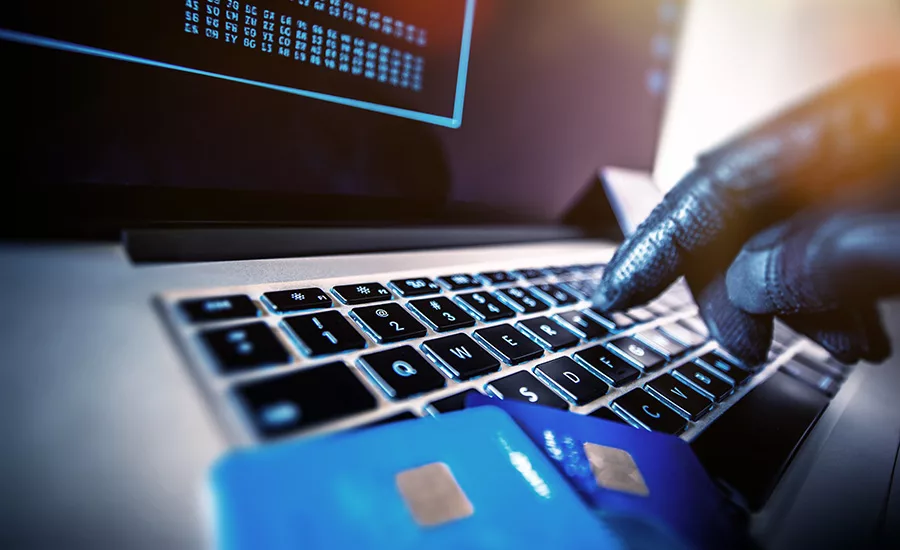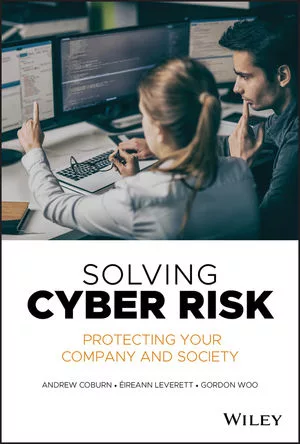Adapting your fraud strategy to meet customer expectations

As the world continues to face COVID-19 infections and subsequent lockdowns, businesses will be tested on their response. But this time around, consumer expectations will be much higher than they were in the early days of the pandemic, particularly when it comes to online security.
While customers were tolerant of businesses facing logistical and technological challenges in March, customers now expect businesses to have fully adapted to the “new normal” in which digital is the primary customer touchpoint.
Relying on outdated fraud prevention and identification measures will no longer cut it, and businesses that don’t adapt will lag. As people continue to work, collaborate and socialize via their mobile devices, businesses must equip themselves with technology and tools that will prioritize fraud prevention. If not, companies risk losing their customers to those who have invested in more robust solutions.
Consumer perceptions of online security
There’s no denying consumer perceptions of online security have changed during COVID-19. According to findings from a 2020 Global Insights Report by Experian (Sept./Oct. 2020), 53% of consumers in the U.S. expect more security steps when they’re online and 48% expect to have more visible security measures in place on websites. This includes security measures like two-factor authentication, security questions and captcha verification, which ensures respondents are real humans and not programs.
Consumers not only have higher expectations when it comes to online security, but they also expect their digital transactions to be faster and more convenient. Experian’s report found that one in three consumers are only willing to wait 30 seconds before they abandon an online transaction, a sign that businesses need to invest more in providing quick, convenient and secure transactions.
Earlier this year, consumers increased their use of online transactions out of necessity, directly as a result of the pandemic. Fast forward to today, customers are having positive online experiences, their comfort with new use cases is growing, and as a result their needs and expectations are evolving. This uptick in digital transactions is likely here to stay, so it’s essential for businesses to have resilient, agile and scalable tools and systems that can adapt quickly and support ongoing growth.
New ways of keeping up with customer expectations
COVID-19 has paved the way for consumers to be more reliant on mobile payments and transactions. Since the start of the pandemic, there’s been a 16% increase in the use of mobile wallets, a 7% increase in the use of QR codes for payments, and a 4% increase in the use of retail applications since the beginning of COVID-19, according to Experian data.
A changing landscape means businesses must look for new ways to keep up with customer expectations. In a time when people are spending more hours online, many businesses have made strides to implement enhanced security features. According to Experian’s Report, “strengthening the security of mobile and digital channels” was cited as the second most important initiative that has been accelerated by COVID-19 among retail banks, payment providers, and retailers in the U.S., only behind using artificial intelligence to improve the customer experience.
As the market shifts, fraud is another area of growing concern for consumers and businesses. Third-party fraud, also known as identity theft or impersonation, is one of the most common types of fraud. It occurs when a hacker uses another person’s identity to open a new account or perform a transaction without that person’s knowledge. This type of fraud is one that businesses are particularly susceptible to amid increased digital activity, paired with the increase in phishing and other scams used to obtain personal information. However, the good news is that most businesses recognize fraud detection as a significant priority. In fact, nearly 70% of U.S. businesses say they expect to increase their fraud management budgets in the next year.
An opportunity to improve fraud prevention strategies
There has never been a better time for businesses to evaluate their fraud prevention strategies and ensure they are up to par with consumer expectations. Businesses can improve the customer experience, mitigate fraud and prevent losses by incorporating several best practices into their business operations, such as the following:
- Utilizing advanced analytics to recognize customers – It’s vital that organizations invest in data, infrastructure, and advanced analytics in order to get to a point of truly recognizing a consumer digitally. By doing so, businesses can fulfil higher consumer expectations while mitigating rising fraud implications. Strong analytics can also help identify patterns in the way people interact online and detect discrepancies or inconsistent data in their behavior, which can be a strong indicator of fraudulent activity.
- Identifying repeat offenders – It is not uncommon for fraudsters to target the same business repeatedly after they’ve had success committing fraud the first time. By investing in tools that allow businesses to verify the applicant and applicant details, they can successfully identify bad actors who may otherwise slip through the cracks.
- Reviewing and evaluating processes – The pandemic has forced many businesses that previously relied on an in-person business model to shift to a digital one. Unfortunately, security measures that worked before may not work now that the ‘storefronts’ are online, and in-house teams are working remotely. Therefore, it’s important for businesses to do an assessment of their current processes to make sure they are still serving their customers well, and keeping their information secure too.
- Embracing new fraud technology – Fraud is complex and there isn’t a silver bullet for preventing it, so organizations need to consider multi-layered approaches that include data-driven, artificial intelligence-powered systems such as device intelligence and physical and behavioral biometrics. These strategies are designed to recognize customers while keeping their transactions frictionless and stress free.
The bottom line
While two-thirds of consumers have remained loyal to their favorite brands during the pandemic, loyalty may not be a guarantee moving forward, as consumer expectations rise. Businesses that want to keep their customers happy will need to invest in improvements to the digital experience to mitigate fraud and ensure their systems are secure and convenient for users.
By understanding consumer perceptions about online security and implementing the right fraud prevention strategies, businesses can not only improve the customer experience, but they can also mitigate and detect fraud sooner – a win-win for everyone involved.
Looking for a reprint of this article?
From high-res PDFs to custom plaques, order your copy today!









